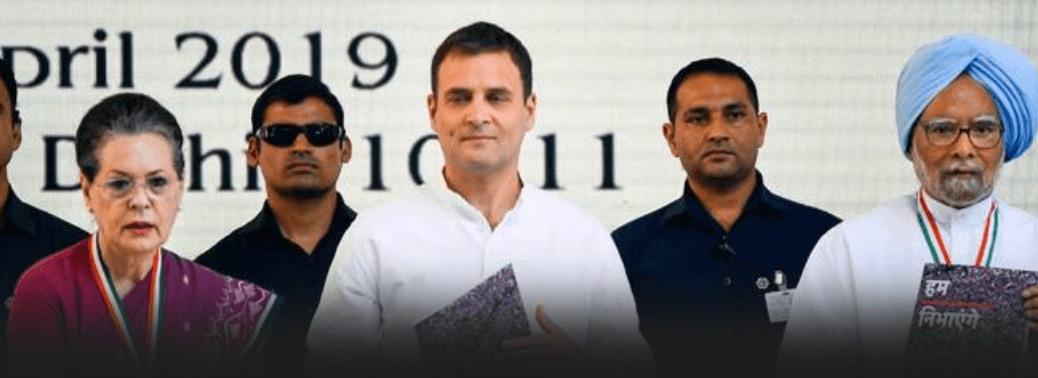NYAY SCHEME
07, Apr 2019

Prelims level : Polity and Governance
Mains level : GS-II (GSII Governance, Constitution, Polity, Social Justice and International relations.)
Why in News?
- Congress party recently promised MIG programme called Nyuntam Aay Yojana (NYAY), if the party was voted to power.
Background:
- Minimum Income Guarantee (MIG) and Poverty:
- The idea of a minimum income guarantee (MIG) has caught up with political parties.
- A MIG requires the government to pay the targeted set of citizens a fixed amount of money on a regular basis.
NYAY (NYUNTAM AAY YOJANA):
- NYAY promises annual income transfers of ₹72,000 to each of the poorest five crore families comprising approximately 25 crore individuals. If implemented, it will cost the exchequer ₹3.6 lakh crore per annum.
Concerns:
- Concerns over the fiscal burden: Government finances cannot afford such high additional spending, as the fiscal space is limited.
- Withdrawal of provisions of the basic services: No government can afford MIG unless several existing welfare schemes are converted into direct income transfers, or the fiscal deficit is allowed to shoot up way above its existing level, 3.4% the GDP. No income transfer scheme can be a substitute for universal basic services.
- Withdrawal of beneficiaries from the labour force: Large cash transfers can result in withdrawal of beneficiaries from the labour force.
Way ahead:
- Income transfers will surely reduce income inequalities and help bring a large number of households out of the poverty trap or prevent them from falling into it in the event of shocks such as illness or death of an earner.
- However, the form of an income transfer scheme should be decided carefully. The scheme should be launched in incremental steps. The poor spend most of their income, and a boost in their income will provide a boost to economic activities by increasing overall demand. On the other hand, large income transfers can be inflationary, which will hurt the poor more than the rich.






